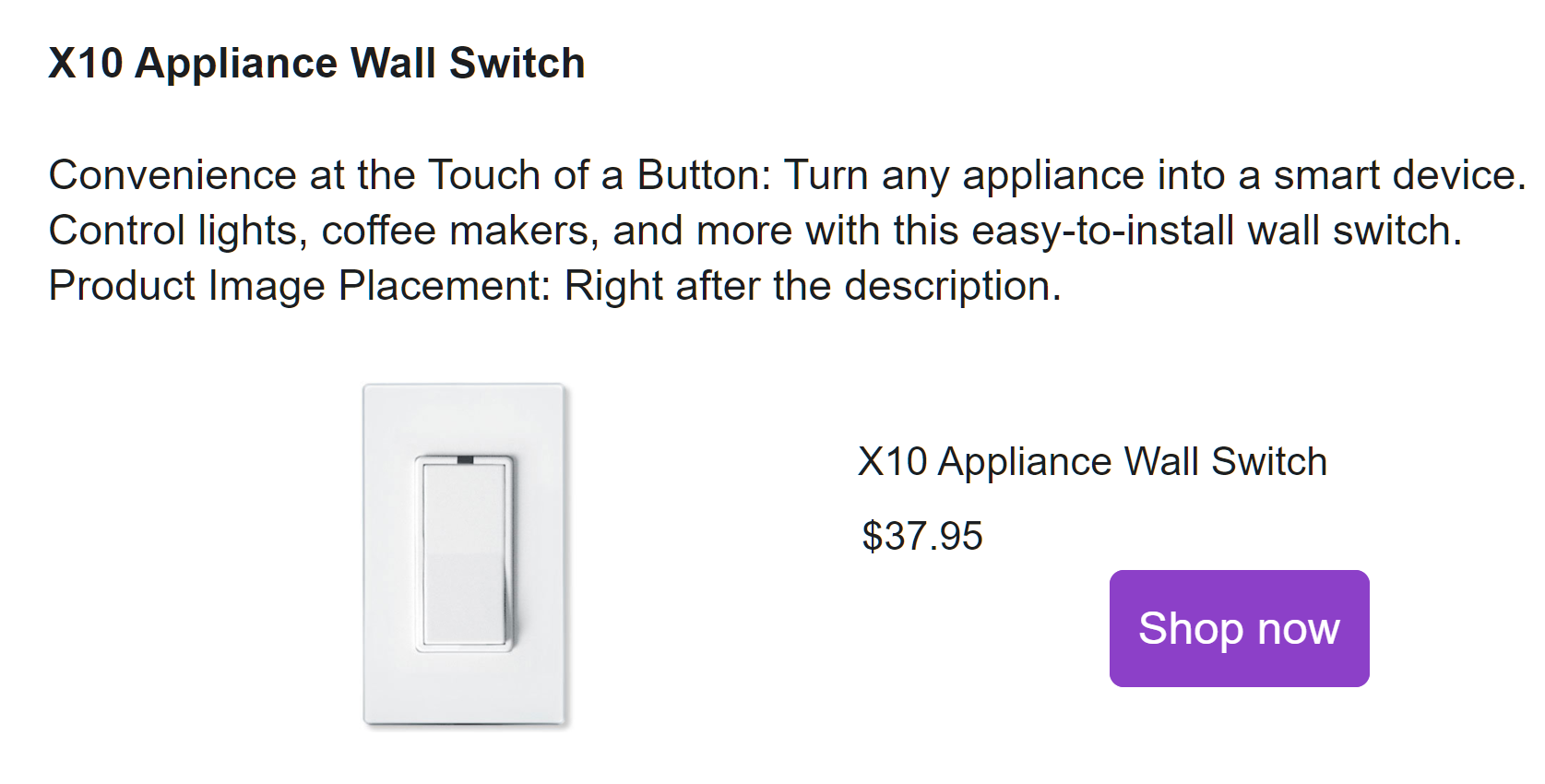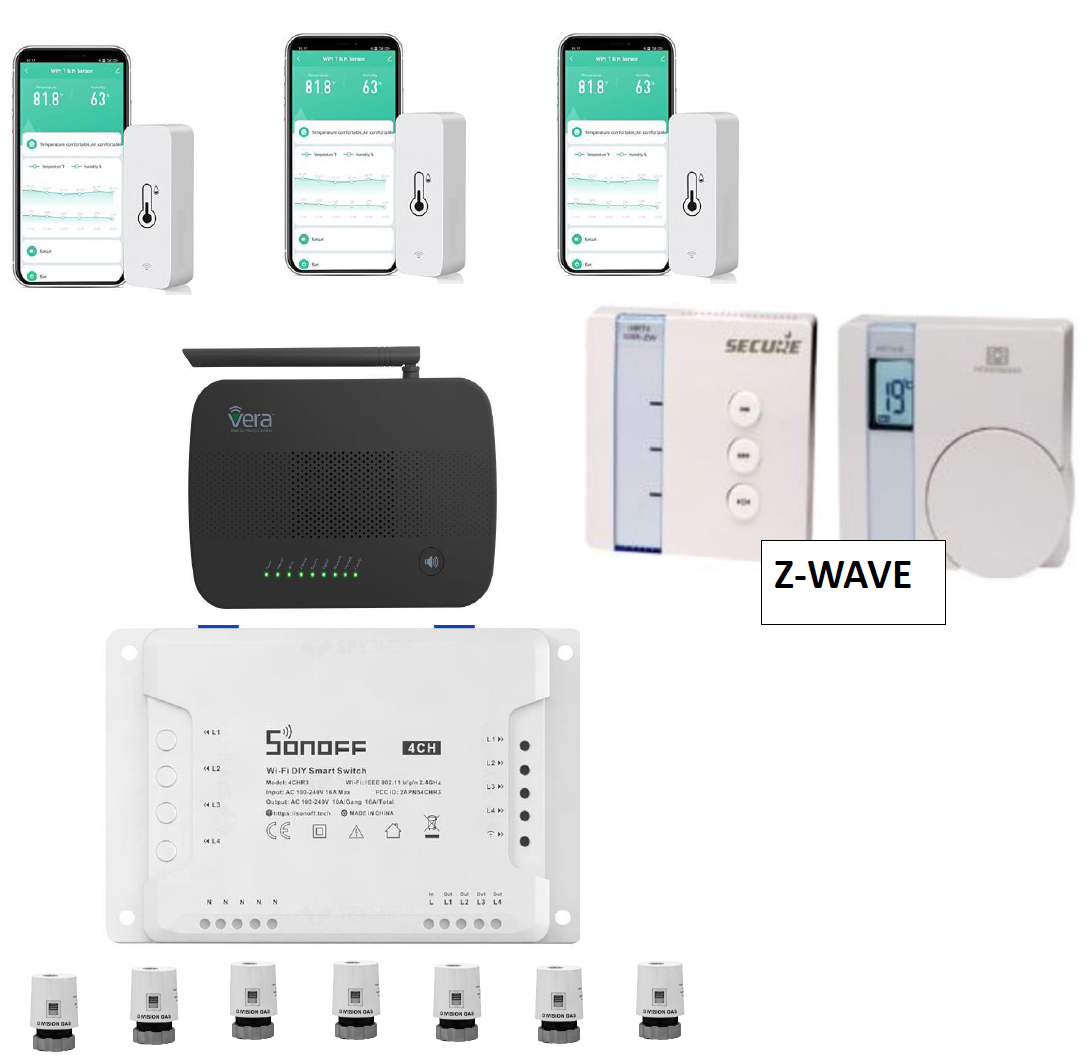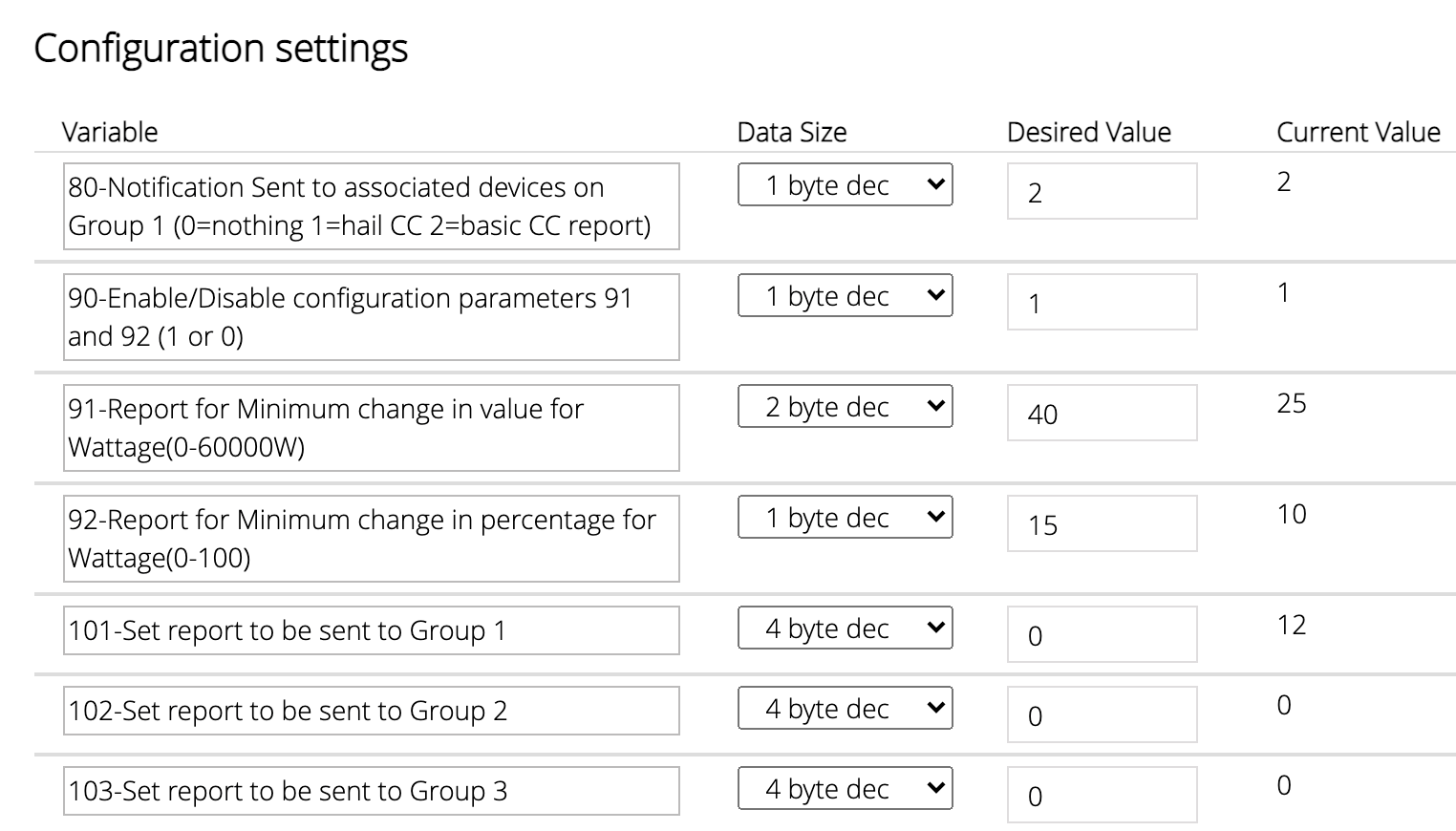Vera or not vera?
-
@DesT said in Vera or not vera?:
I have the dsc plugin decoded if you want to give a try to debug it on openluup..
The thing is, unfortunately, I am a beginner on the subject.
Can you help me how to find and fix the error? -
@krisztianszabo I would need some time to check that... maybe next weekend! I would need some help of @akbooer for that, 'cause last time it was working fine until an update of openLuup and then it start failing to connect to DSC!
OK thank you!
I’m really looking forward to resolving the bug because as long as I don’t have DSC in openluup I can’t leave the vera.K
-
OK thank you!
I’m really looking forward to resolving the bug because as long as I don’t have DSC in openluup I can’t leave the vera.K
@krisztianszabo I know, I'm in the same situation as you

-
@krisztianszabo I would need some time to check that... maybe next weekend! I would need some help of @akbooer for that, 'cause last time it was working fine until an update of openLuup and then it start failing to connect to DSC!
-
@DesT said in Vera or not vera?:
was working fine until an update of openLuup and then it start failing
...that doesn't sound right!
Are you sure?

-
I just tried it again, and pretty sure the problem is around the connection to DSC. When DSC plugin connect to the controller, the TCP connection open but openLuup reload again... and of course the connection doesn't come back online.
In DSC there's a limitation that only ONE connection at the same time can occur, so while openLuup reload again and again, the connection is still open and can't connect 'cause "envisalink" module refused it!
Under Vera, I'm never getting this issue!
-
I just tried it again, and pretty sure the problem is around the connection to DSC. When DSC plugin connect to the controller, the TCP connection open but openLuup reload again... and of course the connection doesn't come back online.
In DSC there's a limitation that only ONE connection at the same time can occur, so while openLuup reload again and again, the connection is still open and can't connect 'cause "envisalink" module refused it!
Under Vera, I'm never getting this issue!
@DesT said in Vera or not vera?:
I just tried it again, and pretty sure the problem is around the connection to DSC. When DSC plugin connect to the controller, the TCP connection open but openLuup reload again... and of course the connection doesn't come back online.
In DSC there's a limitation that only ONE connection at the same time can occur, so while openLuup reload again and again, the connection is still open and can't connect 'cause "envisalink" module refused it!
Under Vera, I'm never getting this issue!
I copied the files, it's not related to me either.
What I noticed is that there is no interface password between the variables. It's in Vera's case. This is not problem? EnvisaLink4 is my interface.
Do you think this can work? -
@DesT said in Vera or not vera?:
I just tried it again, and pretty sure the problem is around the connection to DSC. When DSC plugin connect to the controller, the TCP connection open but openLuup reload again... and of course the connection doesn't come back online.
In DSC there's a limitation that only ONE connection at the same time can occur, so while openLuup reload again and again, the connection is still open and can't connect 'cause "envisalink" module refused it!
Under Vera, I'm never getting this issue!
I copied the files, it's not related to me either.
What I noticed is that there is no interface password between the variables. It's in Vera's case. This is not problem? EnvisaLink4 is my interface.
Do you think this can work?@krisztianszabo yeah by default the plugin use the default password which is "user", if it's not your case, you can modify the code to change the "default" password to put yours!
-
@krisztianszabo yeah by default the plugin use the default password which is "user", if it's not your case, you can modify the code to change the "default" password to put yours!
@dest said in Vera or not vera?:
@krisztianszabo yeah by default the plugin use the default password which is "user", if it's not your case, you can modify the code to change the "default" password to put yours!
I guess the interfacepassword needs to be rewritten in I_DSCAlarmPanel1.xml?
I found text to this effect in this file, but unfortunately I couldn't find where to insert the "interface password" instead of "user" ..."Any password in Vera's device config will be passed cleartext to the MiOS backup servers ..."
I also found the above text in the file. It doesn’t sound too good for the password to be passed to the mios in plain text. Isn't that a problem for me?
-
@dest said in Vera or not vera?:
@krisztianszabo yeah by default the plugin use the default password which is "user", if it's not your case, you can modify the code to change the "default" password to put yours!
I guess the interfacepassword needs to be rewritten in I_DSCAlarmPanel1.xml?
I found text to this effect in this file, but unfortunately I couldn't find where to insert the "interface password" instead of "user" ..."Any password in Vera's device config will be passed cleartext to the MiOS backup servers ..."
I also found the above text in the file. It doesn’t sound too good for the password to be passed to the mios in plain text. Isn't that a problem for me?
@krisztianszabo The password is only used between openLuup and DSC, so there's no password going out!
Check the the file, you have a line like that:local password = luup.variable_get(DSC_PANEL_SID, "InterfacePassword", device) or "user"
so you can replace "user" there!
-
@krisztianszabo The password is only used between openLuup and DSC, so there's no password going out!
Check the the file, you have a line like that:local password = luup.variable_get(DSC_PANEL_SID, "InterfacePassword", device) or "user"
so you can replace "user" there!
@dest said in Vera or not vera?:
@krisztianszabo The password is only used between openLuup and DSC, so there's no password going out!
Check the the file, you have a line like that:local password = luup.variable_get(DSC_PANEL_SID, "InterfacePassword", device) or "user"
so you can replace "user" there!
Yes thanks I found it in the meantime that.
I typed my own password in place of "user", but unfortunately the connection was not established.
Unfortunately, the Dsc Plugin is indicated by a red border. -
That's 'cause of what I said to @akbooer , I need to dig a little bit more as the plugin is having a hard time to "stay connected" to the DSC!
@dest said in Vera or not vera?:
That's 'cause of what I said to @akbooer , I need to dig a little bit more as the plugin is having a hard time to "stay connected" to the DSC!
I understand.
I would be happy to offer my help, but I'm afraid you're not going to do much with me ....
-
@akbooer
I find that sunrise and sunset happen late on openLuup compared to vera. OpenLuup is delayed for more than 1 hour.
Could this be a localization problem? -
@krisztianszabo said in Vera or not vera?:
Could this be a localization problem?
You perhaps have not set your location correctly in openLuup. The latitude and longitude are initially set in the Lua Startup code, which has as default:
-- You can personalise the installation by changing these attributes, -- which are persistent and may be removed from the Startup after a reload. local attr = luup.attr_set -- Geographical location attr ("City_description", "Greenwich") attr ("Country_description", "UNITED KINGDOM") attr ("Region_description", "England") attr ("latitude", "51.48") attr ("longitude", "0.0") -
@krisztianszabo said in Vera or not vera?:
Could this be a localization problem?
You perhaps have not set your location correctly in openLuup. The latitude and longitude are initially set in the Lua Startup code, which has as default:
-- You can personalise the installation by changing these attributes, -- which are persistent and may be removed from the Startup after a reload. local attr = luup.attr_set -- Geographical location attr ("City_description", "Greenwich") attr ("Country_description", "UNITED KINGDOM") attr ("Region_description", "England") attr ("latitude", "51.48") attr ("longitude", "0.0")@akbooer said in Vera or not vera?:
@krisztianszabo said in Vera or not vera?:
Could this be a localization problem?
You perhaps have not set your location correctly in openLuup. The latitude and longitude are initially set in the Lua Startup code, which has as default:
-- You can personalise the installation by changing these attributes, -- which are persistent and may be removed from the Startup after a reload. local attr = luup.attr_set -- Geographical location attr ("City_description", "Greenwich") attr ("Country_description", "UNITED KINGDOM") attr ("Region_description", "England") attr ("latitude", "51.48") attr ("longitude", "0.0")Thank you, I corrected the values. We will see the result when it gets dark ...




